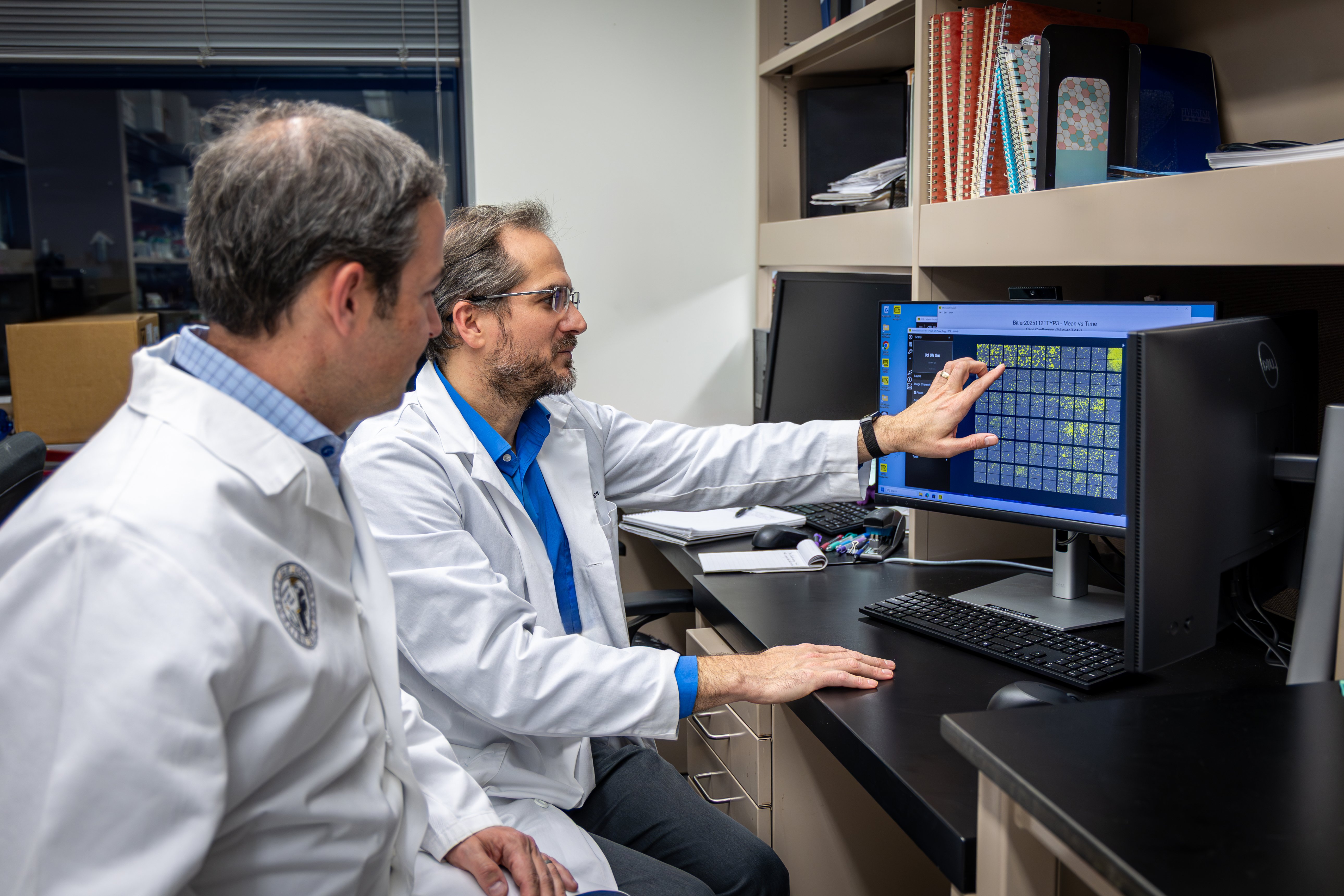Researchers at the University of Colorado Anschutz Medical Campus have won a grant to study why many infected with COVID-19 lose their sense of smell.
“The virus often starts in the nose before making its way to the lungs,” said Diego Restrepo, PhD, professor of cell and developmental biology at the University of Colorado School of Medicine whose lab won the $125,000 grant from the National Institutes of Health late last month. “We think this may spark an inflammatory response that releases cytokines which in turn silence olfactory sensory neurons in the nose.”
Researchers have found that the main neurological sign of COVID-19 is loss of smell without significant nasal congestion. It is often one of the first symptoms of the infection. That has led some to believe that the virus targets the senses in ways that other viruses don’t.
Restrepo along with co-investigator Maria Nagel, MD, professor of neurology and ophthalmology at the CU School of Medicine, will use human olfactory epithelium cultures to study how the novel coronavirus might alter the cells and circuits that detect stimuli and create perception.
The team will investigate whether manipulating a key chemosensory protein called TRPM5 can either inhibit or stimulate a virally-induced inflammatory cascade. Then they will test whether the FDA-approved drug flufenamic acid alters inflammation and viral infection of the olfactory epithelium.
“There is a hypothesis that microvilli, which are protrusions on the cellular membrane, are involved in the detection of the virus and that they start an immune inflammatory response,” Restrepo said. “Is that good or bad?”
In most patients, the sense of smell returns in about two weeks but in a subset of those infected, it persists for months due to what scientists believe is damage to the olfactory sensory neurons responsible for detecting odors.
“An exciting feature of this project is that we are elucidating mechanisms of SARS-CoV-2 infection of olfactory neurons which can shed light on how the virus and associated inflammation can affect neurons within the brain,” Nagel said. “This is particularly important because multiple neurological complications associated with COVID-19 continue to emerge.”
These insights will hopefully offer a better window into how the virus.
“We think that finding out how the virus attacks the neurons associated with smell will help us better understand how it behaves,” Restrepo said. “And that could ultimately lead to better therapies in the future.”



